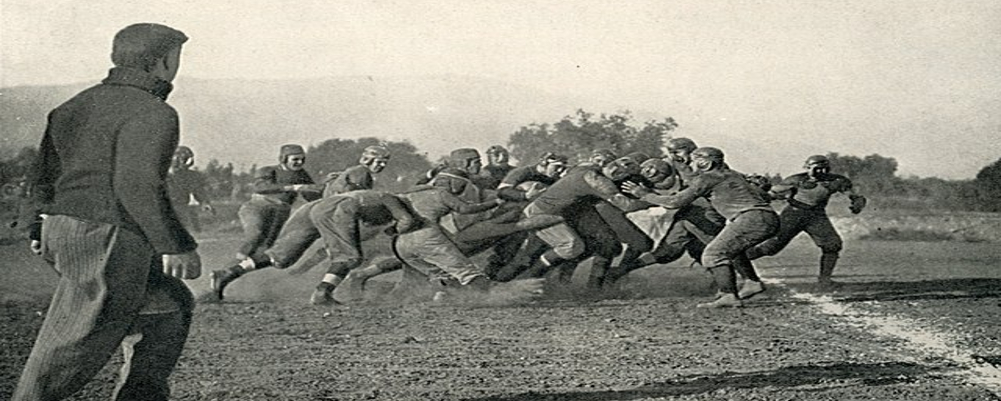The point value of a touchdown has evolved significantly since its inception. In 1881, a successful kick after a touchdown became a tiebreaker over a field goal. By 1882, four touchdowns were valued higher than a field goal, and two safeties equaled a touchdown. Points were formally introduced in 1883, with a touchdown worth four points and the kick after worth two. In 1889, the requirement to ground the ball for a touchdown was removed, making possession beyond the goal line sufficient. The touchdown value increased to five points in 1897, with the subsequent kick adding an "extra point." In 1900, the definition expanded to include the ball becoming dead on or above the goal line.
Finally, in 1912, the touchdown was set at its current value of six points, coinciding with the addition of the end zone. Notably, Canadian football retained the five-point touchdown value until 1956 and continued to use the term "try" for the score for a more extended period.




